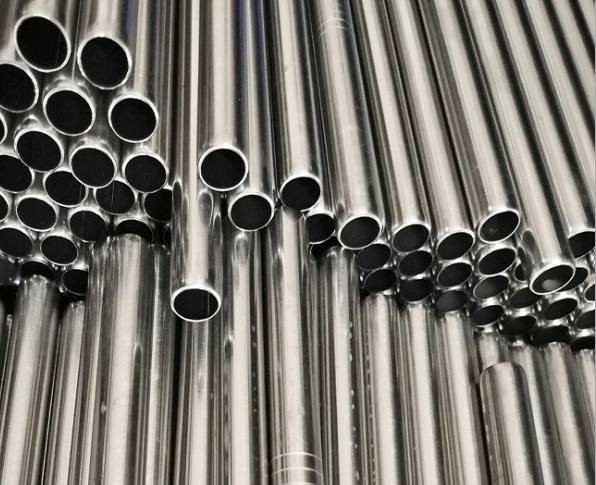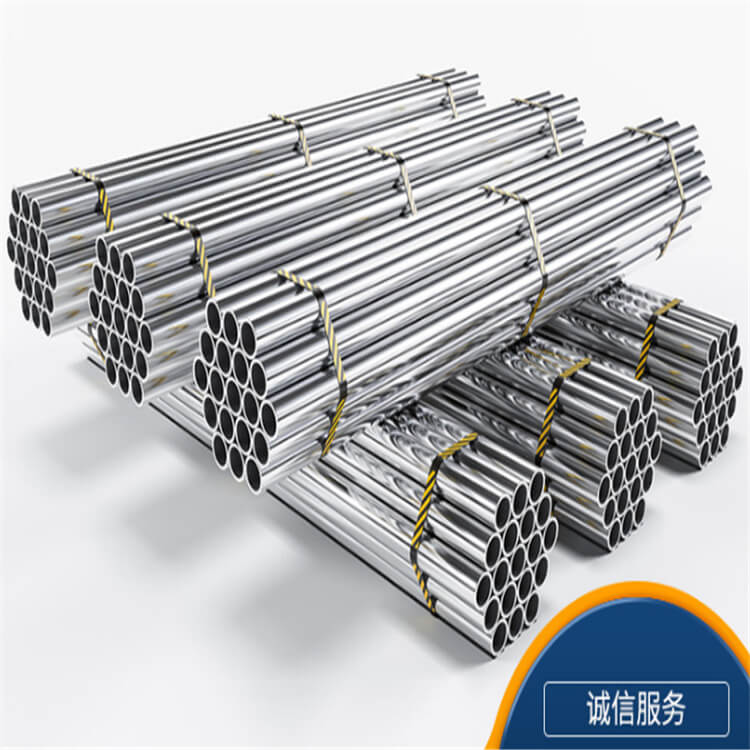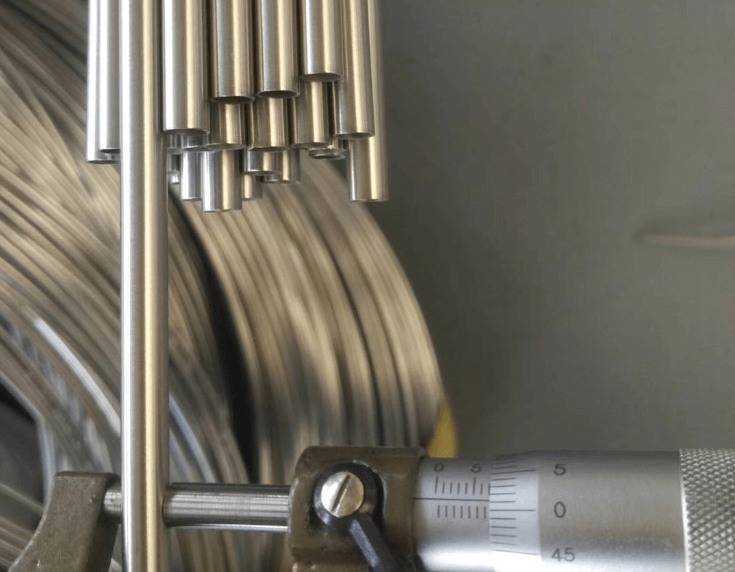In the world of stainless steel, not all alloys are created equal. Understanding the quality of stainless steel is crucial whether you're in the market for kitchen appliances, cutlery, industrial equipment, or construction materials.
The abundance of stainless steel products on the market can be overwhelming, making it essential to discern between high-quality stainless steel and inferior alternatives. In this comprehensive guide, we will walk you through the key factors to consider when identifying the quality of stainless steel.
1. Composition Matters
Chromium Content
Chromium is the secret ingredient that makes stainless steel "stainless." The chromium content in stainless steel should be at least 10.5%. This chromium oxide layer on the surface of the steel prevents corrosion and staining, giving stainless steel its name. High-quality stainless steel typically contains higher levels of chromium, providing superior resistance to rust and corrosion.
Nickel Content
Nickel is another critical component of stainless steel. It enhances the steel's corrosion resistance and adds to its luster and durability. High-quality stainless steel often contains more nickel, resulting in a shinier and more robust material.
2. Gauge and Thickness
Thickness Matters
When evaluating stainless steel, consider the gauge or thickness of the material. In general, lower gauge numbers indicate thicker steel. Thicker stainless steel is more durable and less prone to dents and dings. If you're shopping for appliances or cookware, opt for products made from thicker stainless steel for longevity and performance.
3. Appearance and Finish
Surface Finish
The appearance of stainless steel can vary greatly, depending on its finish. Here are some common finishes to look out for:
Brushed Finish: Brushed stainless steel has a matte, textured appearance, making it resistant to fingerprints and scratches. This finish is ideal for kitchen appliances and fixtures.
Mirror Finish: Mirror-finished stainless steel is highly polished, creating a reflective, mirror-like surface. It's often seen in decorative applications and high-end cookware.
4. Magnetic or Non-Magnetic
Magnetism
Stainless steel can be categorized as either magnetic or non-magnetic. The presence of nickel in stainless steel alloys makes them non-magnetic, while certain types, like ferritic stainless steel, are magnetic. High-quality stainless steel with a significant nickel content is typically non-magnetic, making it a desirable choice for various applications.
5. Certification and Standards
Industry Standards
When seeking high-quality stainless steel, it's essential to consider industry certifications and standards. Reputable manufacturers often adhere to recognized standards such as ISO (International Organization for Standardization), AISI (American Iron and Steel Institute), or ASTM (American Society for Testing and Materials). These certifications ensure that the stainless steel meets specific quality and performance criteria.
6. Price vs. Quality
Don't Compromise Quality for Price
While it's tempting to choose the most affordable option, especially for larger purchases, remember that quality often comes at a price. Be wary of products that seem too good to be true; they might be made from lower-grade stainless steel. Investing in high-quality stainless steel products may cost more initially but will pay off in durability and longevity.
Testing Corrosion Resistance
To assess the corrosion resistance of stainless steel, you can perform simple tests like the saltwater or vinegar test. High-quality stainless steel will resist corrosion, whereas lower-quality alloys may show signs of rust or staining.
Conclusion
The quality of stainless steel is determined by factors such as its composition, thickness, finish, magnetism, certifications, and resistance to corrosion. When shopping for stainless steel products, always prioritize quality over price. By understanding these essential elements, you can make informed decisions and choose stainless steel that will serve you well for years to come.






